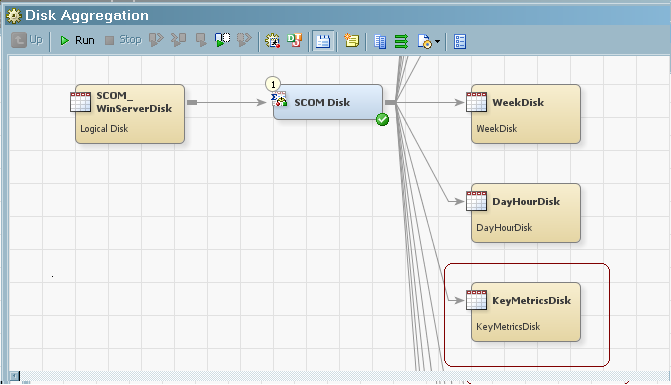What Are Key Metrics?
Key metrics are a subset
of the available metrics provided by adapters for a given performance
area such as resource utilization. SAS IT Resource Management identifies
key metrics because monitoring hundreds of available metrics within
and across adapters is not effective. You can use key metrics to quickly
view the most critical data for a performance area. You can also collect
key metrics over a long period of time to create capacity planning
and forecasting plans.
Key metrics
are standardized across adapters, enabling metrics from various data
sources to be identified and compared appropriately. SAS IT Resource
Management supports the collection of these performance measurements
in the IT data mart by staging and aggregating key metrics via adapter
domain categories in the Adapter Setup wizard.
The Adapter
Setup wizard creates key metric aggregations and regular
aggregations for the specific domain categories that you choose for
a given adapter. Key metrics aggregations are named with a prefix
of “KeyMetrics.” The following image shows a key metrics
aggregation, circled in red, in a process flow diagram.
Key metrics aggregations
are designed to be narrow tables that serve as the source for capacity
planning and forecasting. Key metrics aggregations include only key
metrics and any relevant classification and ID columns that are associated
with these key metrics to provide vital data for the performance metric.
Note: The measurements in a key
metrics aggregation are considered key metrics and they are not ranked.
However, these same individual metrics can be included in aggregations
that are not key metrics aggregations. When an individual key metric
is in a regular aggregation, it is ranked and is considered a ranked
metric (not a key metric) in the context of the regular aggregation.
This appendix provides
information about the key metrics that are provided by SAS IT Resource
Management adapters. For more information about all the aggregation
metrics that are provided by SAS IT Resource Management adapters,
see the documentation at http://support.sas.com/documentation/onlinedoc/itsv/metrics.html.
